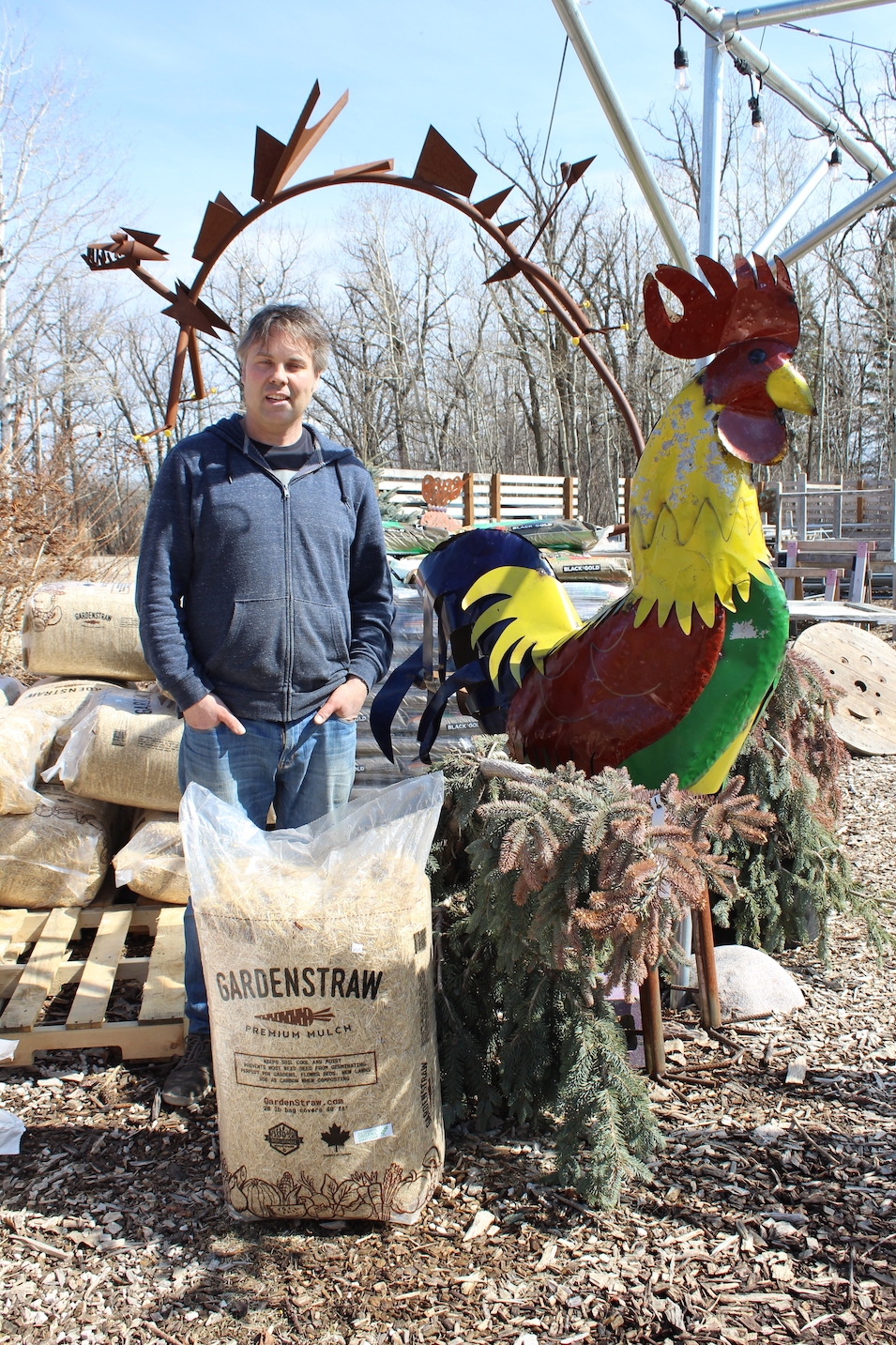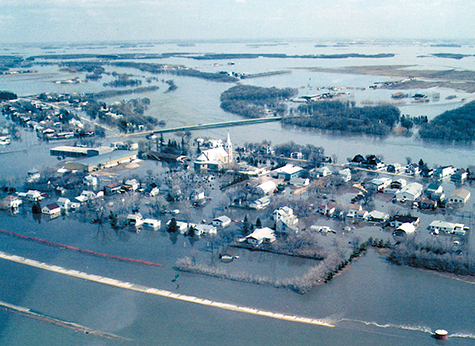The communities south of Winnipeg are continuing to experience a residential boom, with growth on the rise. The RM of Ritchot’s population has jumped 21.9 percent in the last five years, and Niverville is almost certain to be the next Manitoba town to achieve city status.
In lockstep with this significant increase in population, commercial and industrial demand has risen as well. The industrial parks in Ste. Agathe, Niverville, and Grande Pointe are great showcases for the ways in which the local economy has been successful in attracting bigger players to the southeast region. As well, Niverville and Île-des-Chênes both have promising new strip mall projects, providing ideal opportunities for retail outlets, franchises, or office spaces.
Lease rates for these new retail spaces are about half the rates typically found in newer commercial developments in Winnipeg. Land prices in the industrial parks are also highly competitive. For example, the Riel Industrial Park in Ste. Agathe, which is on its third and final phase, is offering lots starting at $97,150 for 1.34 acres. Those lots are directly adjacent to Highway 75, the province’s foremost link to the U.S. and its market. Prices in the Niverville Business Park start at just $31,000 for half an acre.
Not only is the population here growing rapidly, but it’s younger than average and its household income is significantly higher. In fact, household income, which was already strong in 2014, has grown further according to the region’s latest Regional Economic Analysis Process (REAP) reports, completed by the province of Manitoba.
In Niverville, 42.1 percent of households fall into the report’s highest income bracket of $100,000-plus. The percentage of homes in the lower brackets has shrunk. In neighbouring Ritchot, the highest income bracket reaches a staggering 47.3 percent. This indicates a population with stable employment and high disposable income.
Currently, 74.2 percent of residents in the municipality of Ritchot commute to work in Winnipeg, with Niverville not far behind at about 71 percent. The population and income level figures, paired with commute data, indicates that the labour force has been largely untapped, a scenario which bodes well for larger companies choosing to set up shop in the region’s communities and industrial parks. These towns’ proximity to Winnipeg is also a positive in terms of a business’s ability to tap into Winnipeg’s own labour pool. After all, the convenient commute works both ways.
In 2016, economic reports pegged the number of jobs in Niverville at 1,509, representing approximately one-third of the total population. About 200 of these jobs are in the retail sector. In Ritchot, the numbers are somewhat lower, with its 2,022 jobs representing about one-quarter of the population. Nonetheless, Ritchot’s jobs have increased by more than 13 percent in the last five years, three times the provincial average, while the number of jobs in Niverville has risen on par with the provincial figures.
Agriculture and construction are among the largest industry sectors in the region. Healthcare and assistance, education services, and transportation and warehousing are other areas of strong job growth.
The abundance of skilled labour and high rates of population growth, coupled with competitive occupancy costs, provide an exceptional opportunity for business expansion and development in this part of the province. There has never been a better time for businesses to explore the potential just outside the perimeter!



















